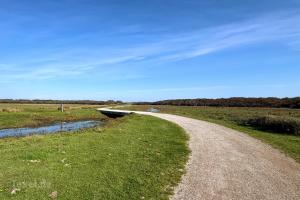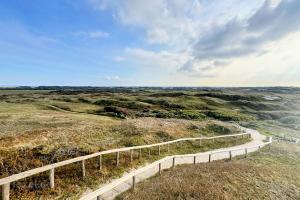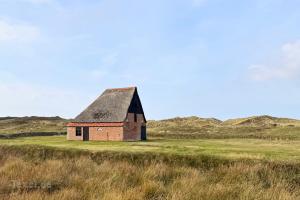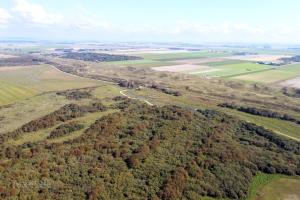Dune area De Nederlanden - Nature

The dune area De Nederlanden lies between De Slufter and De Koog and is a special part of Texel's nature, where the forces of wind, sand, and water come together.
What can you expect in De Nederlanden?
- Rich nature and birds: During a walk through De Nederlanden, you can spot countless bird species, including the Black-tailed Godwit, Lapwing, and Hen Harrier. In spring, the grasslands are filled with blooming herbs and you can hear meadow birds singing everywhere.
- Sheep and Galloway cattle: Part of De Nederlanden is still used for agriculture. During your walk, you may encounter grazing sheep and Galloway cattle, which help maintain the area.

- Peace and space: De Nederlanden is a place where you can truly experience the tranquillity and vastness of Texel. The wind blows freely over the dunes, the air smells of the sea, and the horizon seems endlessly far away.
Practical information

- Walking: The blue route of approximately 4 kilometres starts at the car park and takes you through varied landscapes with dune valleys, grasslands, and creeks.
- Accessibility: The area is freely accessible, but be aware of free-roaming livestock and sensitive nature.
Dune area De Nederlanden offers the perfect mix of nature, peace, and adventure. Whether you’re coming to spot birds, take a walk, or simply enjoy the view from the Bertusnol – this area lets you experience the pure Texel.
Furthermore Dune area De Nederlanden is near the following sights: Viewpoint De Muy (±550 m), De Muy (±850 m), Bertusnol (±1,0 km), Schapenboeten (±1,6 km) & De Slufter (±2,0 km).
For information
Bertusnol, De Koog, Texel

